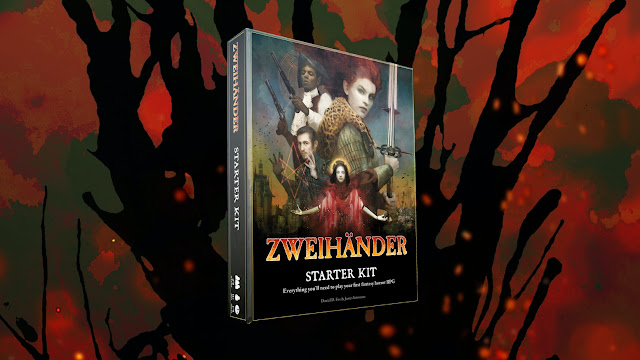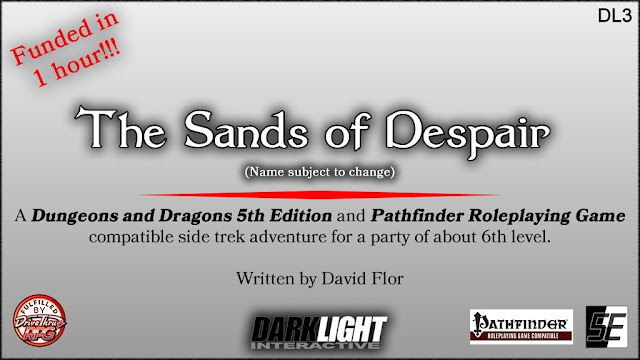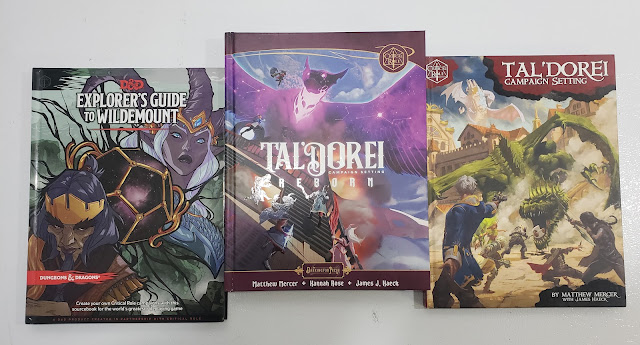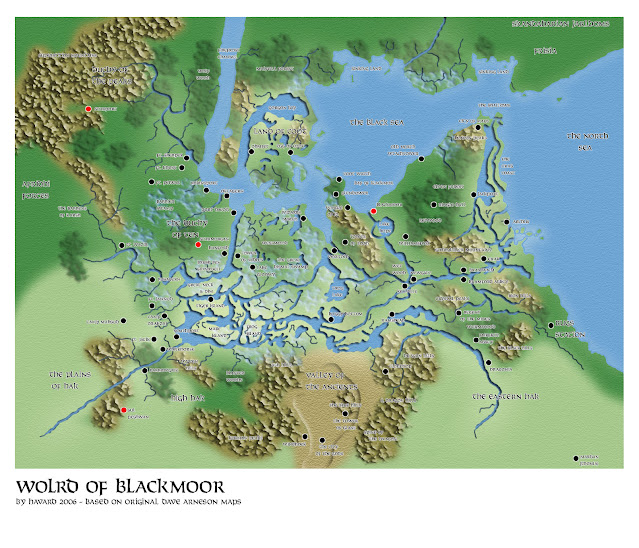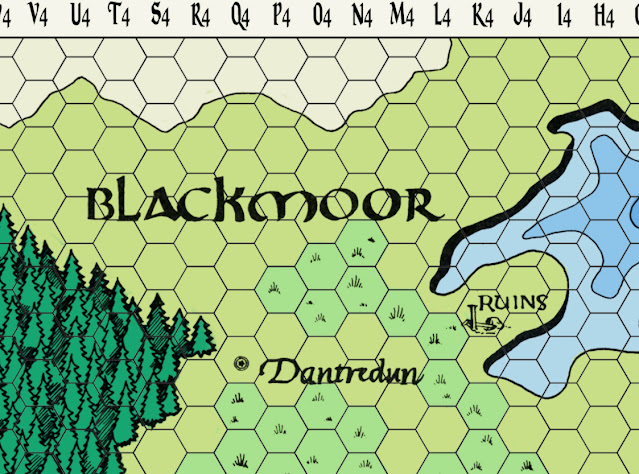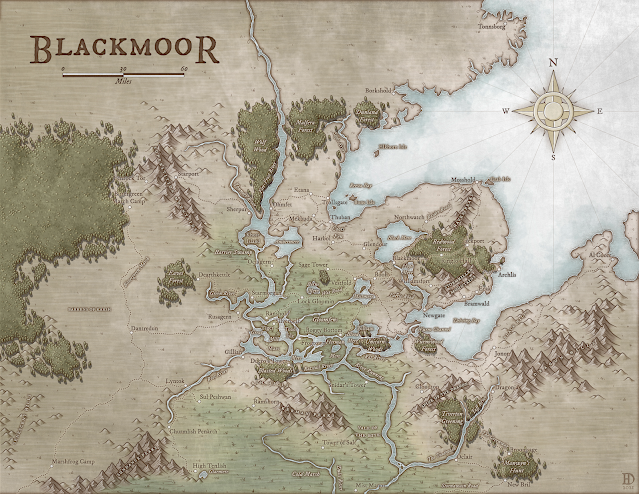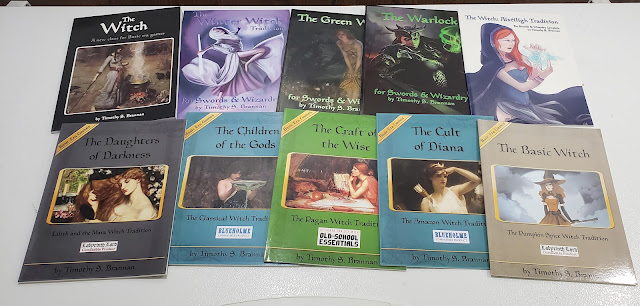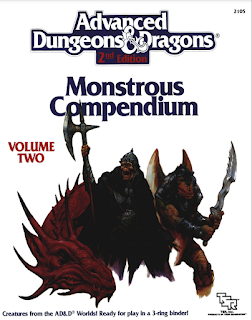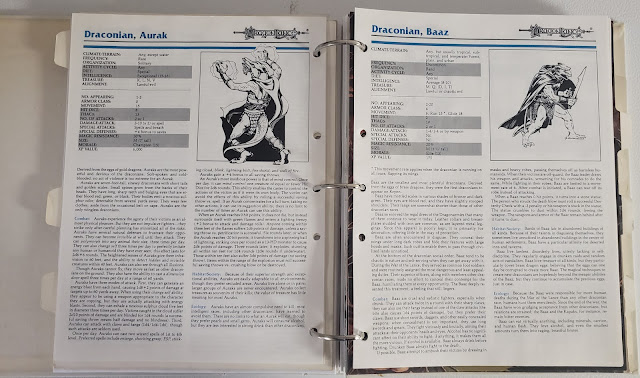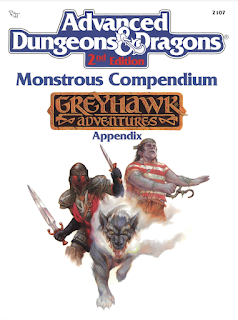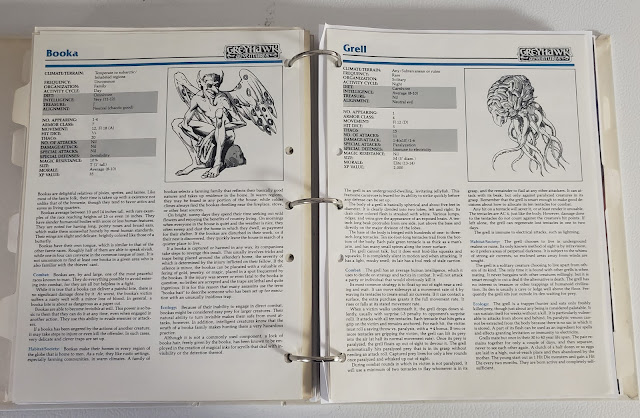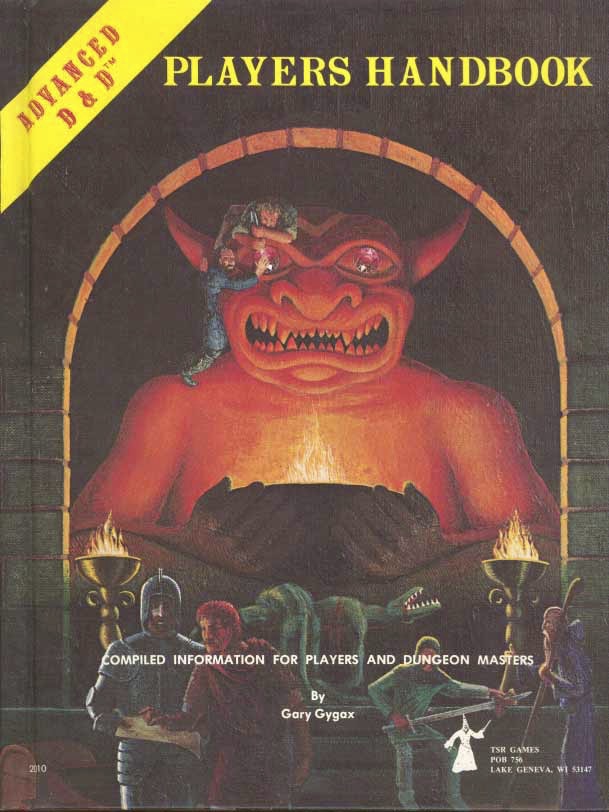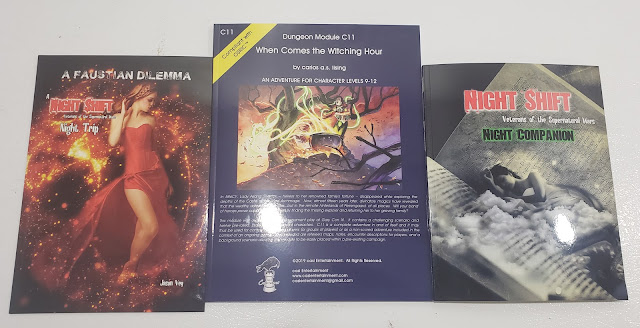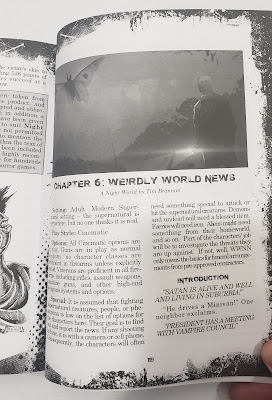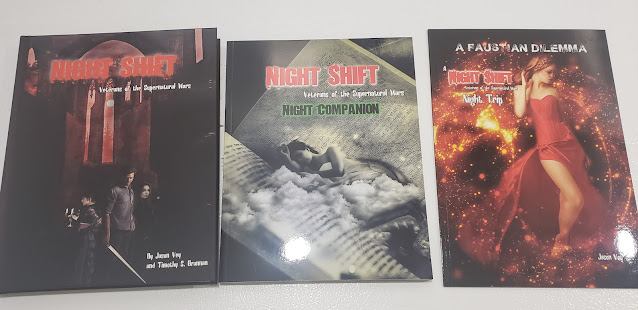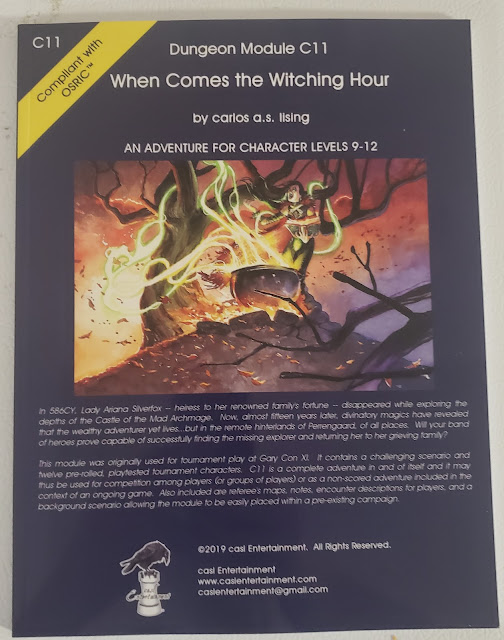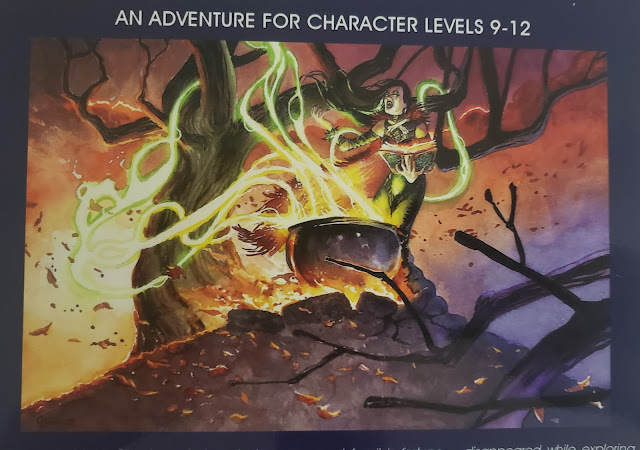Rogue Reports
 Rogue Trooper: Tour of Nu-Earth 1 is a supplement for Rogue Trooper. Which itself is a supplement for Judge Dredd and the Worlds of 2000 AD. Published by En Publishing, Rogue Trooper is based on the 2000 AD comic strip of the same name, set in the far future. Two great empires, the Greater Nordland Republic and the Southern Cross Confederacy constantly clash, in particular on Nu Earth. In the past fifty years, this has become a world war, the planet divided between the two factions, known as the Norts and the Southers, and turned into a nuclear, biological, and chemical ravaged wasteland. In order to break the stalemate, Milli-Com of the Southern Cross Confederacy develops elite clones known as G.I.s or Genetic Infantry. When they are deployed in the year ’86, most of the G.I.s are killed in the Quartz Zone Massacre. There would be only one survivor, Rogue, who accompanied by his former squad mates, Bagman, Gunnar, and Helm, downloaded onto biochips and slotted into his gear, would ultimately unmask the traitor responsible for the massacre. With obvious parallels between with the American Civil War, but also drawing on other modern conflicts, especially the First World War and the Vietnam War, Rogue Trooper has been running as an ongoing if irregular series since 1981 and has been developed into a board game from Games Workshop and a computer game. Like many series that appear in the pages of 2000 AD, there is an element of satire to many of the stories, though not as strong as that found within the Judge Dredd stories, and the humour in the stories veers towards the gallows. Rogue Trooper from En Publishing is the first roleplaying treatment of it and enables the players to take the roles of Genetic Infantry or ordinary conscripts and get shipped down to Nu Earth as part of the war effort. The blue-skinned G.I.s are designed to survive in the toxic landscape of Nu Earth. Anyone else will need to wear a chemsuit…
Rogue Trooper: Tour of Nu-Earth 1 is a supplement for Rogue Trooper. Which itself is a supplement for Judge Dredd and the Worlds of 2000 AD. Published by En Publishing, Rogue Trooper is based on the 2000 AD comic strip of the same name, set in the far future. Two great empires, the Greater Nordland Republic and the Southern Cross Confederacy constantly clash, in particular on Nu Earth. In the past fifty years, this has become a world war, the planet divided between the two factions, known as the Norts and the Southers, and turned into a nuclear, biological, and chemical ravaged wasteland. In order to break the stalemate, Milli-Com of the Southern Cross Confederacy develops elite clones known as G.I.s or Genetic Infantry. When they are deployed in the year ’86, most of the G.I.s are killed in the Quartz Zone Massacre. There would be only one survivor, Rogue, who accompanied by his former squad mates, Bagman, Gunnar, and Helm, downloaded onto biochips and slotted into his gear, would ultimately unmask the traitor responsible for the massacre. With obvious parallels between with the American Civil War, but also drawing on other modern conflicts, especially the First World War and the Vietnam War, Rogue Trooper has been running as an ongoing if irregular series since 1981 and has been developed into a board game from Games Workshop and a computer game. Like many series that appear in the pages of 2000 AD, there is an element of satire to many of the stories, though not as strong as that found within the Judge Dredd stories, and the humour in the stories veers towards the gallows. Rogue Trooper from En Publishing is the first roleplaying treatment of it and enables the players to take the roles of Genetic Infantry or ordinary conscripts and get shipped down to Nu Earth as part of the war effort. The blue-skinned G.I.s are designed to survive in the toxic landscape of Nu Earth. Anyone else will need to wear a chemsuit…Rogue Trooper: Tour of Nu-Earth 1 is sadly, the only supplement for Rogue Trooper. Like Judge Dredd: Case File Compendium 1 it is an anthology of scenarios. The seven scenarios or ‘Mission Reports’ within its pages are all set on Nu-Earth, the toxic hellhole and battleground which is the main setting for the Rogue Trooper series. Each scenario comes with a full explanation of its plot, clues, NPC stats, details of its aftermath, and a discussion of possible extra plots and developments which can be added or might come about because of the actions of the Player Characters. Many include suggestions on how to use the scenarios with the Judge Dredd setting for Judge Dredd and the Worlds of 2000 AD or the other roleplaying setting, Strontium Dog.
The anthology opens with ‘Horror At Camp Vlad’, the first of three Mission Reports by John White. The Player Characters are a team of Nort military investigators working for the Office of Public Truth sent to Camp Vlad to find out why so many Prisoners of War have been shot making escape attempts. Other options are discussed, including making Camp Vlad a mutant detention camp in Judge Dredd or Strontium Dog. Camp Vlad is located in a stifling jungle far from the frontlines and apart from the escape attempts, everyone is bored stiff and none too happy to see the Player Characters. This is a solid piece of investigation involving an interesting mystery and a fun scenario which gives the Game Master some good NPCs to portray and plays up a few clichés. Plus the players get to roleplay Nort investigators which means they have latitude in how they conduct themselves, which can be fun to roleplay.
It is followed by ‘Killer in the Night’, also by John White. The Game Master has a few NPCs to portray in this Mission Report when the Player Characters, a Southern combat team is an obvious routine mission—guard a group of Nort Prisoners of War being moved from the frontlines to internment elsewhere. The scenario is intentionally linear, since the Player Characters have to travel along a set route, but along the way, something begins to strike at the prisoners—and if not the prisoners, then the guards. Rumours fly around the convoy about ‘Baba Yaga’ stalking both prisoners and guards and so fear mounts. Backed up with random events, this is a creepy game of ‘Ten Little Indians’ on the move across hostile territory (well, almost everywhere is hostile on Nu-Earth).
Benjamin Rogers’ first Mission Report in Rogue Trooper: Tour of Nu-Earth 1 is not so much a ‘Mission Report’ as a campaign concept, but it does include a short scenario. ‘Unlucky 7s’ provides an alternative to the standard campaign set-up in Rogue Trooper which has the Player Characters as ground pounders, or infantry types. Instead of infantry, the Player Characters are the crew of a Hopper, a VTOL vehicle used for a variety of purposes. This discusses the various roles aboard the Hopper, including Commander, Medic, Engineer, EWS/SIGINT (Signals Intelligence) officer, Gunner, Navigator, Pilot, and Sysop, and suggests the skills for each of them. Equipment and several variants are listed too, as well as a table of vehicle traits and the description of the 29th Assault Hopper Squadron, 7th Souther Air Cav, which as the Unlucky 7s, has an ‘unlucky’ reputation. The sample encounter, ‘Relieving Squad Costa’ is a evacuate under fire mission which would get an air cavalry style campaign off to a good start.
‘Deep Trouble’ is John Rogers’ third and final Mission Report in Rogue Trooper: Tour of Nu-Earth 1 and it is designed for use with the previous Mission Report, ‘Unlucky 7s’. When a Souther flier vanishes near Klumpflot Lake in a remote part of the Hell Hunt Jungle with an important intelligence officer aboard, Milli-Comm assigns the recovery mission to the Unlucky 7s and the Player Characters’ vehicle. This mission ups the ante by inverting the environment and making the Player Characters explore the depths of a lake in order to find the wreck of the crashed VTOL. Since this is a lake on Nu-Earth, this is not a pleasant experience and is made all the more challenging by the local flora and fauna and the danger of Nort patrols and possible intervention. ‘Deep Trouble’ is an enjoyably inventive scenario and its inclusion suggests that a campaign revolving around air cavalry and air support could be a lot of fun.
Ben Rogers’ third and final Mission Report in Rogue Trooper: Tour of Nu-Earth 1 is ‘Black Market Shenanigans’ and it continues to support the author’s ‘Unlucky 7s’ campaign set-up. When a fellow soldier is beaten up, the Player Characters go to his aid and in doing so, bring them to the attention of the base’s black-market dealer, ‘Big Moxie’. It turns out the soldier they helped is in debt to the dealer and effectively, so are the Player Characters. Do the Player Characters help him out, and if so how? How do they deal with ‘Big Moxie’—do they pay her off, get into debt themselves, or even end up working for her? This is an entirely base set scenario. Its one weakness is whether or not the Player Characters decide to get involved—and if not, the scenario has ‘Big Moxie’ come after them until they are forced to act. Alternatively, the victim of the thugs sent by ‘Big Moxie’ could have been set up as an NPC earlier in the campaign, perhaps even be one of those rescued in the earlier ‘Relieving Squad Costa’. Apart from this, ‘Black Market Shenanigans’ makes for a nice change of pace, primarily involving social interaction skills and when combat does occur, brawling.
The final Mission Report in Rogue Trooper: Tour of Nu-Earth 1 is ‘Assault on Nu-Everest’ by Adrian Smith. This is another ‘Unlucky 7s’ scenario, more Where Eagle’s Dare than anything else as the Player Characters are assigned a covert extraction mission which turns into an assault and rescue up a mountain whilst being hunted by monsters! The Player Characters can be as loud or as quiet as they want and it should all climax in a chase back down the mountain in order to escape back to their VTOL. If the Player Characters are successful, they have the chance to redeem the reputation of their regiment. This is an entertaining scenario let down by the fact that its plot is explained in the reading rather than at the start, so the Game Master is not forewarned.
Rogue Trooper: Tour of Nu-Earth 1 is in general well written with decent maps as needed and illustrations taken from the comic. It does need an edit in places.
Rogue Trooper: Tour of Nu-Earth 1 is a solid selection of scenarios for Rogue Trooper. One issue is that the majority of the Mission Reports are for the ‘Unlucky 7s’ campaign set-up, so they are difficult to use in a general campaign set on Nu-Earth. If perhaps all of the Mission Reports in the anthology had been written for the ‘Unlucky 7s’ campaign framework, the supplement could have had more focus and some of the scenarios would have been easier to set up. In fact, the other two scenarios could have been moved elsewhere and made way for more scenarios and more development for the ‘Unlucky 7s’ campaign framework. Ultimately, Rogue Trooper: Tour of Nu-Earth 1 is one third one thing, a scenario anthology, and two third another, a campaign. Consequently, it does not as if it is one whole thing. Nevertheless, Rogue Trooper: Tour of Nu-Earth 1 does contain some entertaining and inventive scenarios, and it does come with a decent campaign starter and if a Game Master for Rogue Trooper does not have this supplement, she should definitely buy it as quickly as she can.



